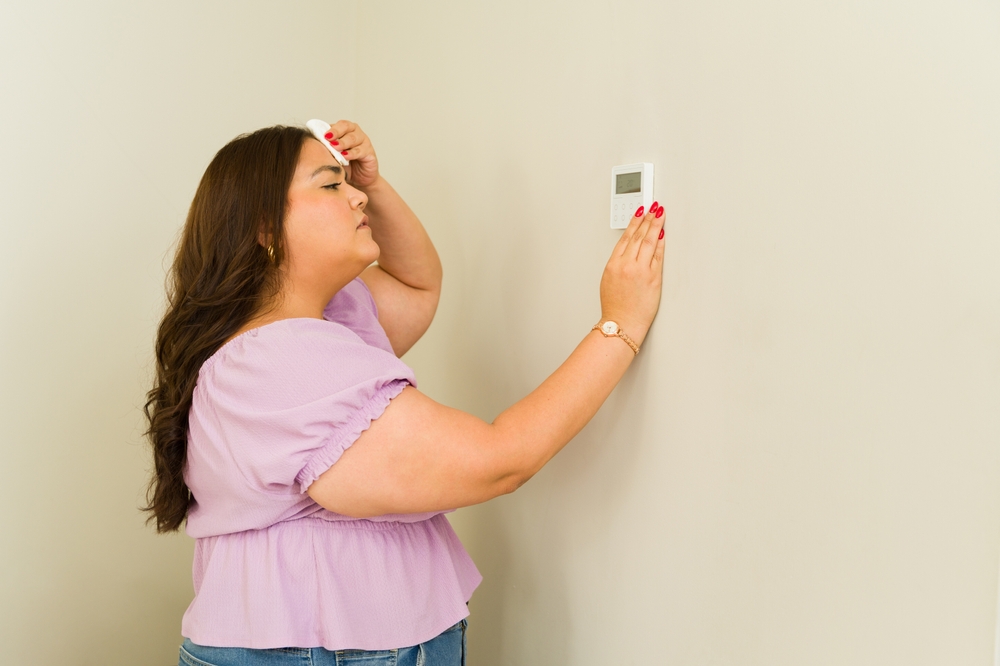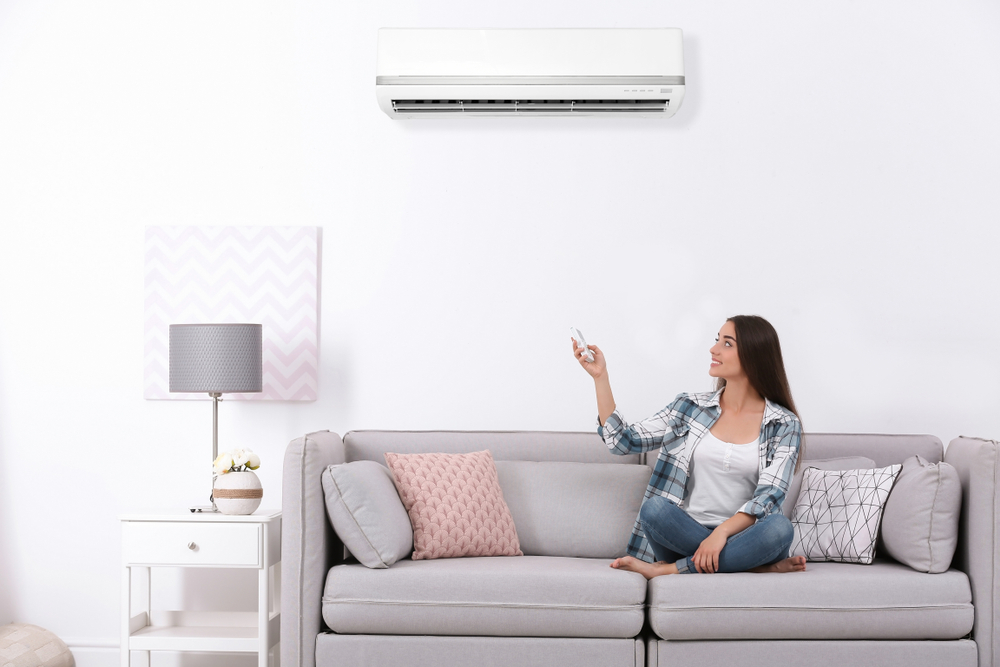Are certain rooms in your home too hot while others are too cold? You’re not alone! Uneven temperatures can be frustrating, but understanding the common causes can help restore balance and comfort. In this blog, we’ll explore various reasons for temperature imbalances in your home and how to fix them.
Inadequate Insulation and Poor Sealing
One of the most common reasons for temperature imbalances is poor insulation or sealing in your home. If certain rooms feel drafty or struggle to maintain a consistent temperature, it could be due to insufficient insulation in walls, attics, or floors. Additionally, air leaks around windows and doors can cause heat to escape in the winter and cool air to leak in the summer.
Solution: Look for drafts around windows and doors, and consider upgrading your home’s insulation. Weather stripping and caulking are quick fixes, while adding insulation to your attic or walls can improve overall energy efficiency and comfort.
HVAC System Issues
Your HVAC system plays a key role in maintaining consistent temperatures throughout your home. If it’s not functioning properly, you may notice uneven heating or cooling. Issues like dirty air filters, poor maintenance, or even an incorrectly sized system can lead to inconsistent performance.
Solution: Regular HVAC maintenance is crucial for keeping your system in top shape. Change air filters every 1-3 months, schedule annual inspections, and ensure your system is correctly sized for your home to avoid temperature fluctuations.
Airflow Problems in Ductwork
Leaky or blocked ductwork can prevent your HVAC system from distributing air evenly, leading to temperature differences between rooms. Poorly designed duct systems can also contribute to uneven airflow, causing some rooms to be too hot or cold.
Solution: Have your ductwork inspected by a professional. Sealing leaks and cleaning ducts can improve airflow, helping to maintain consistent temperatures throughout your home.
Thermostat Malfunctions or Placement Issues
A thermostat that isn’t working correctly or is placed in an ineffective location can lead to inaccurate temperature readings. For instance, if your thermostat is located near a heat source or in a particularly cool area, it may not accurately reflect the temperature in the rest of your home.
Solution: Upgrade to a programmable or smart thermostat that allows for more precise control of your home’s temperature. If necessary, consider relocating the thermostat to a more central location for accurate temperature readings.
Sunlight and Room Exposure
Rooms that receive a lot of sunlight throughout the day may feel warmer, while rooms in shaded or cooler parts of the house may stay colder. This natural variation can cause discomfort if your HVAC system isn’t properly zoned.
Solution: Consider using window treatments, such as blinds or curtains, to block excess sunlight in the summer. Alternatively, a zoned HVAC system allows you to control temperatures in specific areas of your home, ensuring that each room stays comfortable.
Poor Ventilation and Humidity Control
Improper ventilation can lead to air stagnation, making your home feel stuffy or uncomfortable. Additionally, humidity levels can impact how hot or cold your home feels. High humidity can make rooms feel warmer, while low humidity can make them feel colder.
Solution: Ensure your home has proper ventilation, especially in areas like bathrooms and kitchens. Using a dehumidifier or humidifier to maintain optimal humidity levels (30-50%) can improve comfort as well.
When to Call a Professional for Help
If you’ve tried addressing these issues and your home is still too hot or cold, it’s time to call in a professional. A qualified HVAC technician can assess your system, inspect your ductwork, and evaluate insulation to identify and fix any underlying issues.
Solution: Don’t let home comfort issues go unresolved. Schedule an HVAC inspection with ACS to ensure your system is functioning properly and that your home remains comfortable year-round.
Partner with Air Conditioning Specialists
At ACS, we specialize in diagnosing and fixing temperature imbalances and home comfort issues. Contact us today to schedule an HVAC inspection and learn how we can help you restore comfort to your home.




